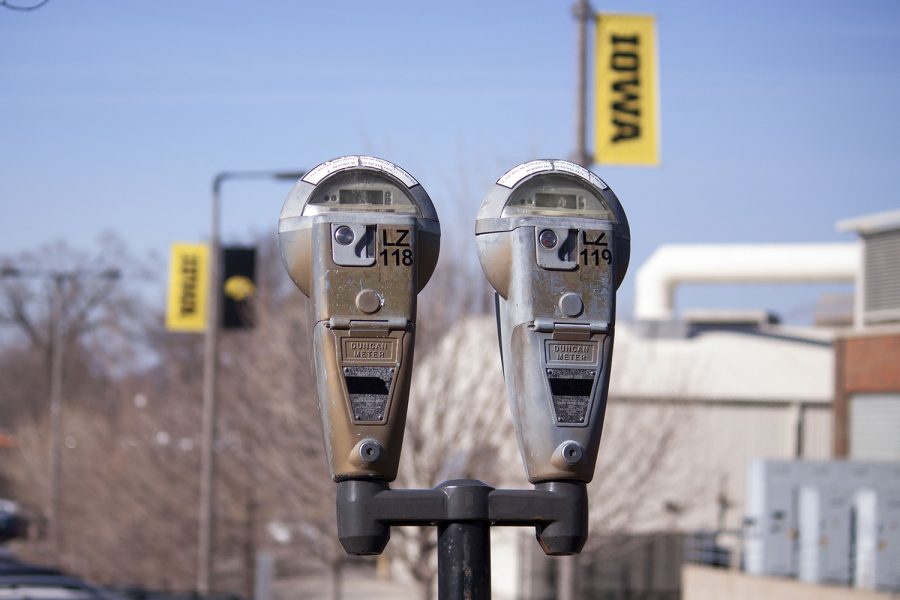A new Cambus driver, Bill Weets got the dreaded late-night shift.
During his first semester on the job, lack of seniority forced the now UI senior to drive the Saferide route, which runs until after 2 a.m. on Friday and Saturday nights.
“I had class for like seven hours that day,” said Weets, who has worked for the UI Cambus service for two years. “By the end of my shift, I’d been up for 18 hours.”
Weets is one of the bus drivers recruited for a study looking into the effects of sleep aids taken by drivers who work odd shifts.
Funded by the U.S. Department of Transportation, the UI’s National Advanced Driving Simulator — a self-sustaining member of the UI’s College of Engineering — is conducting the study. The facility receives grants from government agencies and contracts with private companies to conduct state-of-the-art research.
Late-night workers can turn to pharmaceuticals to help them sleep during the day, which may adversely affect them at night, said study coordinator Sue Ellen Salisbury.
Researchers recruited bus drivers from several local agencies, including Cambus, Durham (the School District’s bus provider), and the Iowa City Transit System. Participants of the study, which started last month, are dosed with an FDA-approved sleep-aid called triazolam before operating a driving simulator.
Weets has completed one of three sessions with the simulator, which is housed inside a massive, yellow semitrailer in the facility’s parking lot and separate from the other advanced simulator inside.
The trailer, which looks like the cab of a Cambus inside, is borrowed from Paducah, Ky.
While the UI has its own renowned simulator used for driving studies, it needed to borrow the trailer because of its capability to specifically simulate bus driving. The UI’s facility is better equipped to simulate smaller vehicles, Salisbury said.
Participants in the study will visit the facility for their sessions until it ends on Nov. 21, receiving three different doses of the drug — a placebo, a light dose, and a heavy dose. The drivers will operate the simulator both before and after taking the drug, as well as the next day to compare longer-lasting effects.
Nationwide, transit buses were involved in 7,738 accidents, resulting in 7,186 injuries and 76 fatalities in 2006, according to the most recent data from the U.S. Bureau of Transportation Statistics.
Most of the studies by the National Advanced Driving Simulator occur inside the facility, which sits on University Research Park, formerly known as the Oakdale Campus.
The $80 million driving simulator took three years to complete and opened in 2001 as the biggest and most advanced in the world. Since then, Toyota has built a similar, privately operated facility in Japan, though it is not open to outside research, said Omar Ahmad, the UI simulator’s assistant director.
The simulator’s staff of 22 employees includes mechanical and software engineers, psychologists, geographers, and researchers from the UI’s Colleges of Public Health, Medicine, and Pharmacy, Ahmad said.
In the past, the UI’s facility has researched both driving while under the influence and while distracted by personal technology.
Salisbury said officials plan to conduct more research on bus drivers in the future to gather information on the unknown relationship between legally used medications and driving.






